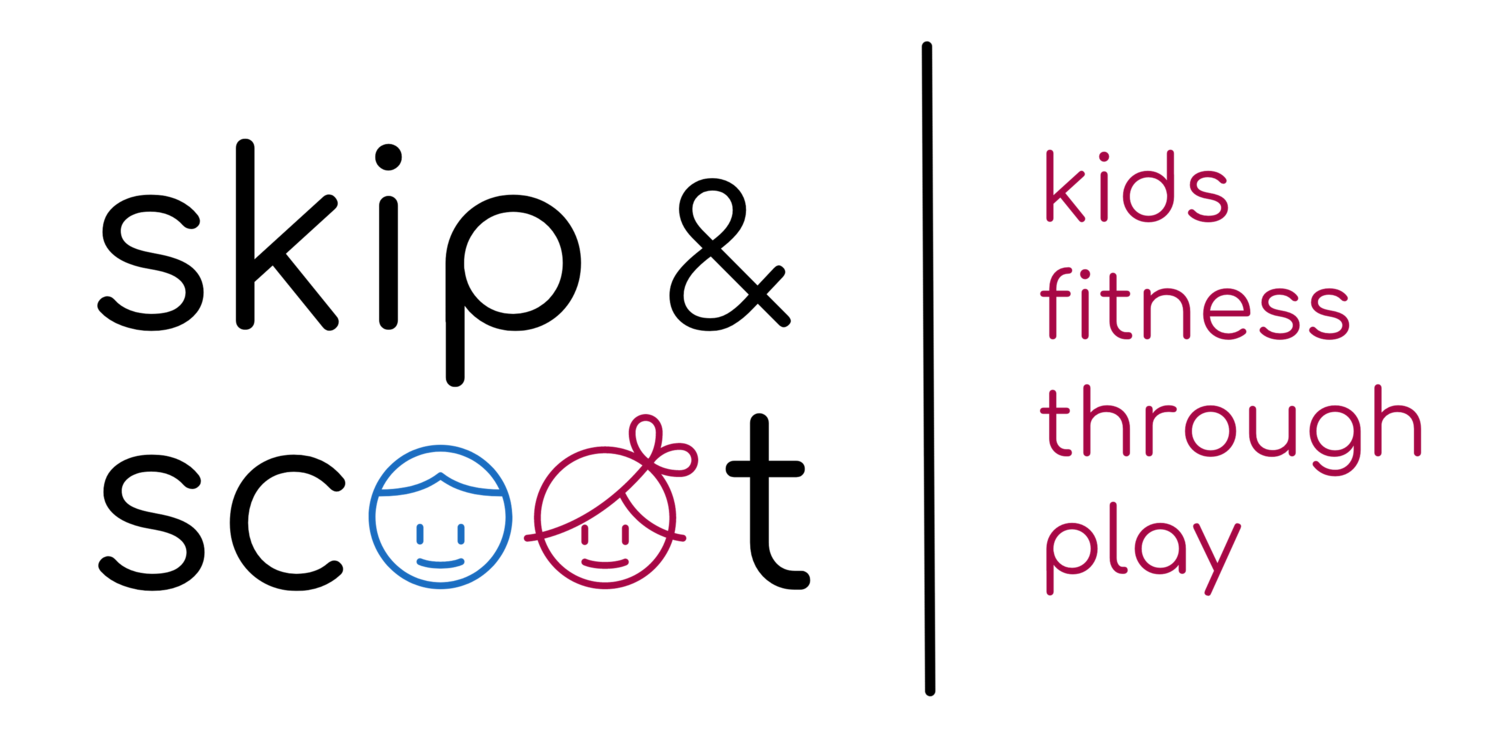Fidget, potty, wiggle, snack, repeat. Why DO kids get so restless sometimes? Does it drive you absolutely bonkers, too, when your kids won’t sit still?! Lol. I can’t tell you how many parents have said to me, “Your classes would be SO great for my child. They really need to “get their wiggles out”! The good news is kids are usually not trying to drive us nuts-o with their squirming, and…
…the truth behind the wiggling can be explained by science!
Just like a lot of other things that kids do, the reason for all the wiggles and giggles can be traced back to science. My hope is that with more understanding of WHY your kiddos wiggle so much, it may help expand your patience and sanity in those frustrating moments. It did for me! Stay with me here...it’s actually FASCINATING and it all starts in the brain…
The Reticular Activating System (RAS for short) is a network of neurons found at the base of the human brain. Both kids and adults have it. This circuit of neurons plays a HUGE role in our ability to maintain attention and alertness throughout our day. If our body and brain begin to tire or lose interest in an activity, our body’s natural response is to do something to signal our RAS back into an alert state. When children fidget, oftentimes they are trying to reestablish alertness- not misbehaving for the sake of misbehaving- because one of the ways we can “wake up” a tired RAS is to move! And, let’s not forget that children are already working with a shorter attention span capacity than adults, as well!
A tired reticular activating system (RAS) in action…
I was watching my son the other day during a virtual school call. It was the end of the day- over 4 hours into on-screen learning, a recipe for screen overload disaster! Just like other days, he started out fresh in the morning- energized from a night’s rest, eating breakfast, and seeing his friends in the little squares. His RAS was in good shape, neurons in their awake state! But, as the hours went on, he notoriously couldn’t sit still…like really, just could not. His body wouldn’t allow it, and now we know why!
But, how can we “wake up” our RAS if we get tired?
Glad you asked! And, chances are you have done it already a bunch of times in your life! Humans wake up our RAS by activating our senses- opening a window to feel a blast of cold air, running up and down the stairs or moving our body in some way- such as wiggling!, squeezing a sensory ball, smelling fresh baked cookies, drinking coffee (think about it- smell, taste, touch, and sight are ignited when taking a sip of hot coffee), turning music up loud, talking to or laughing with a friend, and anything else that calls our attention back to our physical body and the moment at hand. Ever slapped yourself on the cheeks a few times when driving fatigue sets in? Lol. We are trying to activate our RAS to stay alert in order to drive safely.
Please DO try this at home!
So, if it’s not bothersome to others for your child to stretch, squeeze a sensory ball, or take a movement break, these can be great tools for success in refocusing. Movement songs by by Laurie Berkner, Jazzy Ash, or one of my faves from childhood, Raffi, can often do the trick! You might find your little ones have increased stillness and attention afterward. Just one more reason that moving in beneficial to your child!
For a list of additional ideas that can activate your child’s RAS during virtual school or otherwise, you can read 16 ways to activate the RAS written by Lisa Van Gemert. And, this great quote has always stuck with me from Gill Connell and Cheryl McCarthy. They write, “Insisting a kid sit still when it’s not absolutely necessary will only lead to frustration and failure. His biological need to move will ultimately overtake his desire to please you.”
Shake, shake, shake our sillies out…
All of this is to say that wiggling oftentimes does NOT mean a child is “acting out” or intentionally being naughty, and as trying as it might be to you and other people in the same room, your child is likely tired or bored and trying hard to stay focused. The other part of the time, kids may be moving in order to gain body awareness and vestibular stimulation (balance) which they learn through practice in the early years of life. I don’t expect this information will magically give you endless patience, but it may allow you, as it did me, the opportunity to step back, realize the likely cause, and ultimately, get less annoyed. The trick is to recognize the fine line between a child’s misbehavior- usually in search of attention- and simply their body systems at work. Cheers to expanding our capacity for patience and more knowledge about our kids overall!
